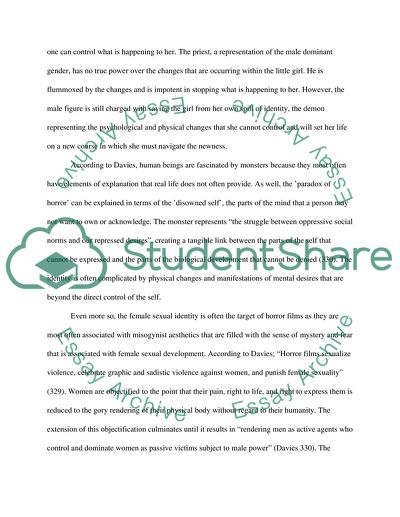Cite this document
(“Possession of the Pubescent Female as Represented in The Exorcist Research Paper”, n.d.)
Possession of the Pubescent Female as Represented in The Exorcist Research Paper. Retrieved from https://studentshare.org/gender-sexual-studies/1573261-the-movie-the-exorcist
Possession of the Pubescent Female as Represented in The Exorcist Research Paper. Retrieved from https://studentshare.org/gender-sexual-studies/1573261-the-movie-the-exorcist
(Possession of the Pubescent Female As Represented in The Exorcist Research Paper)
Possession of the Pubescent Female As Represented in The Exorcist Research Paper. https://studentshare.org/gender-sexual-studies/1573261-the-movie-the-exorcist.
Possession of the Pubescent Female As Represented in The Exorcist Research Paper. https://studentshare.org/gender-sexual-studies/1573261-the-movie-the-exorcist.
“Possession of the Pubescent Female As Represented in The Exorcist Research Paper”, n.d. https://studentshare.org/gender-sexual-studies/1573261-the-movie-the-exorcist.


